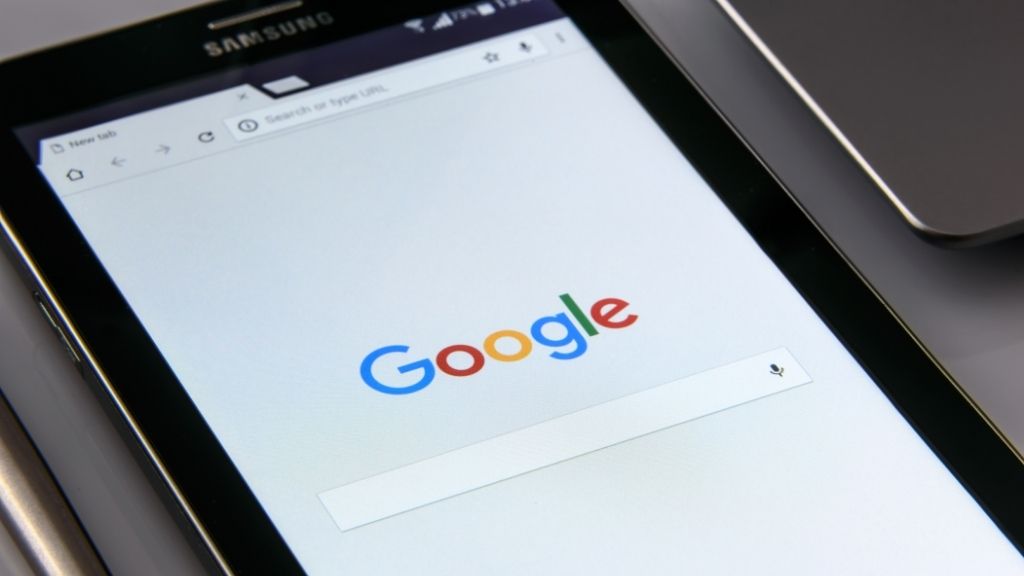

The awaited Amazon Prime Day is in its fifth worldwide edition, held on July 15th and 16th, a wave of offers from what is already known as "Summer Black Friday". Undoubtedly an unmissable event for lovers of online shopping and at the same time a way for Amazon to gain more Prime subscribers, as only prime members could access the promotions.
According to official figures, over 175 million products were sold in 18+ countries, but just how attractive were these offers?
Minderest, the price monitoring company, analyzed just how competitive the event was when compared to Google Shopping in the United States, the UK, France & Germany.
For this study, 566 products were selected from the Prime Day offers, from several of the most demanded categories such as electronics, appliances, and beauty, which were then compared with the minimum and average prices seen on Google Shopping.
From this detailed analysis we obtained the results that are detailed below:
United States
- 81.90% of Amazon’s products were cheaper than the minimum price seen on Google Shopping.
- Amazon was, on average, 14% cheaper than Google Shopping’s minimum price and 29% cheaper than the average price.
United Kingdom
- 58.50% of Amazon's products were cheaper than Google Shopping’s minimum price.
- On average, Amazon was 7% cheaper than the equivalent Google Shopping minimum price and up to 24% cheaper than the average price.
France
- In 76.24% of products, Amazon was cheaper than the minimum price on Google Shopping.
- On average, Amazon was 13% cheaper than Google Shopping’s minimum price and 36% cheaper than the average price.
Germany
- Of Amazon’s products 66.92% were cheaper than the minimum Google Shopping price.
- Amazon was 6%, on average, cheaper than Google Shopping’s minimum price and 23% cheaper than the average price.
We conclude from the analysis that Amazon’s offers were really pretty competitive, and were, on the whole, 10% cheaper (in all countries) than the minimum price offered on Google Shopping. Discounts in the United States were remarkable, as 8 out of every 10 products were cheaper from Amazon, improving by up to 14% on the cheapest price found.
Find out how Minderest can take your business to the next level.
Contact our pricing experts to see the platform in action.
Related Articles

How to scrape Google Shopping for prices Updated guide
In the fast-paced eCommerce world, where prices can fluctuate in real time, it’s crucial to be able to make strategic decisions. Monitoring competitors’ prices in Google Shopping is not merely...
Reference or Strike-Through Pricing on Amazon: How to monitor sellers on this marketplace
It’s imperative to monitor the movements of all the sellers vying for your piece of the pie - and those selling your products - to maintain competitiveness in a market as crowded and competitive as...